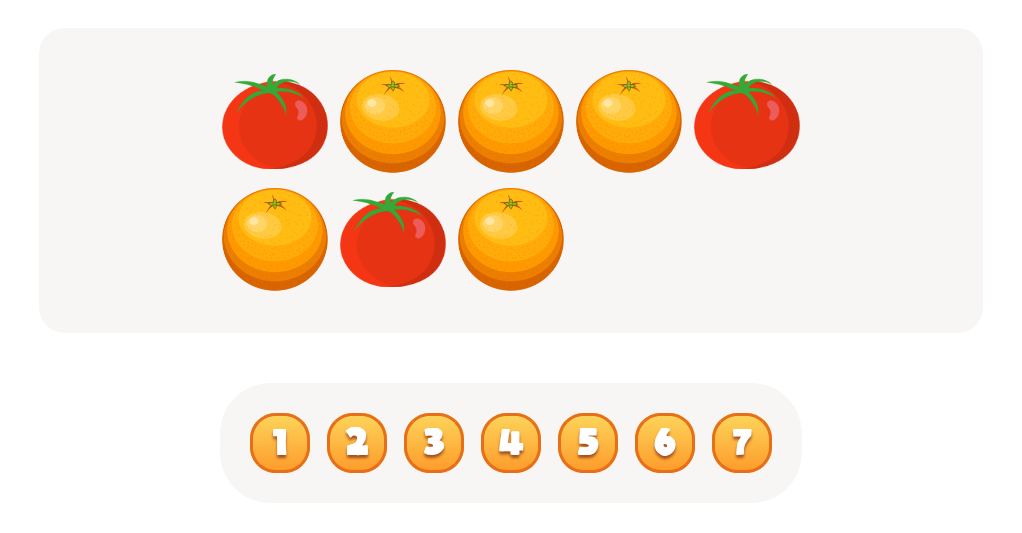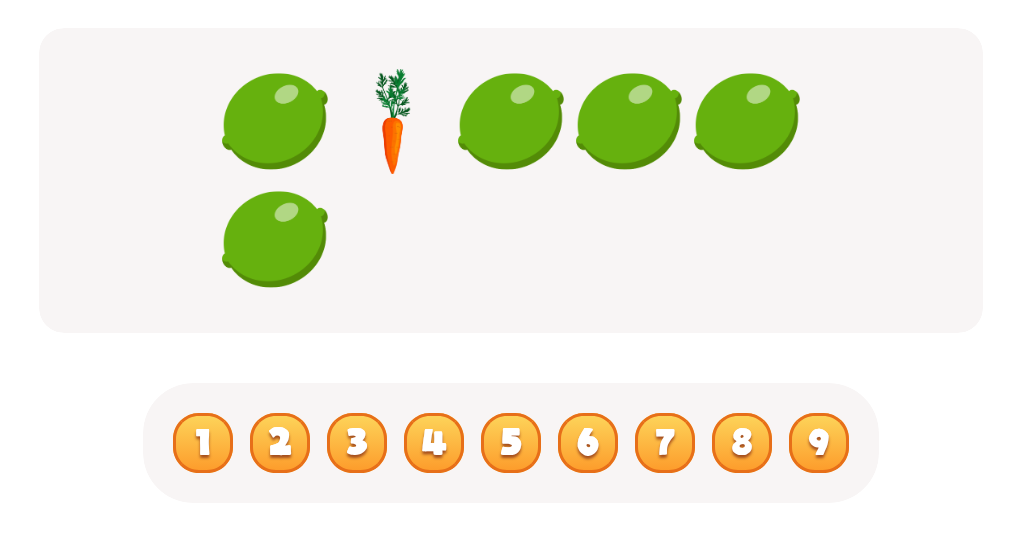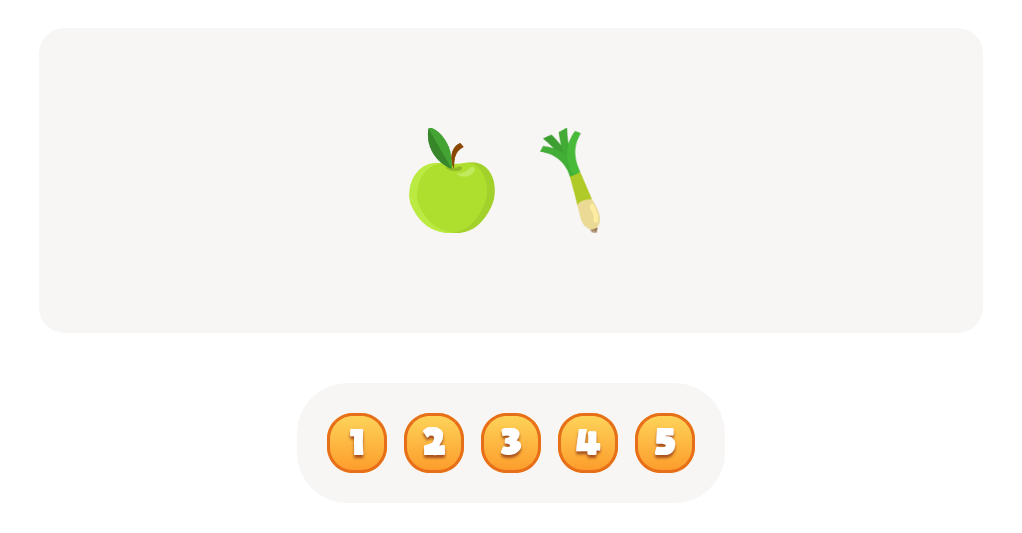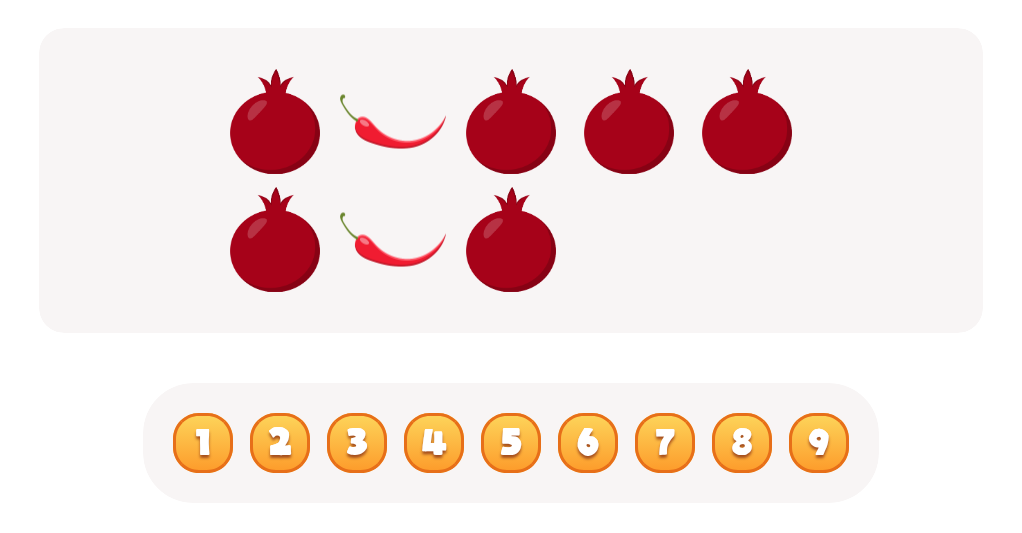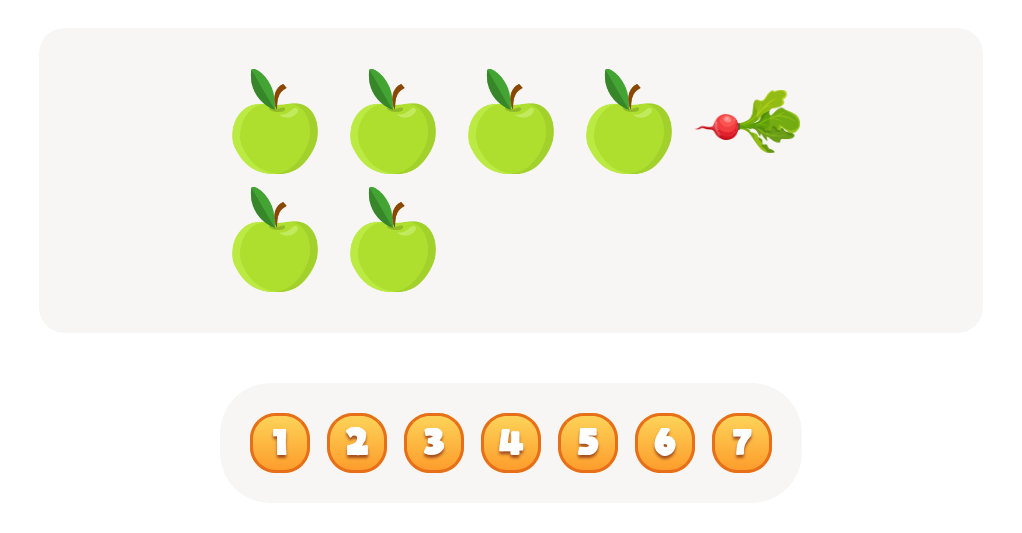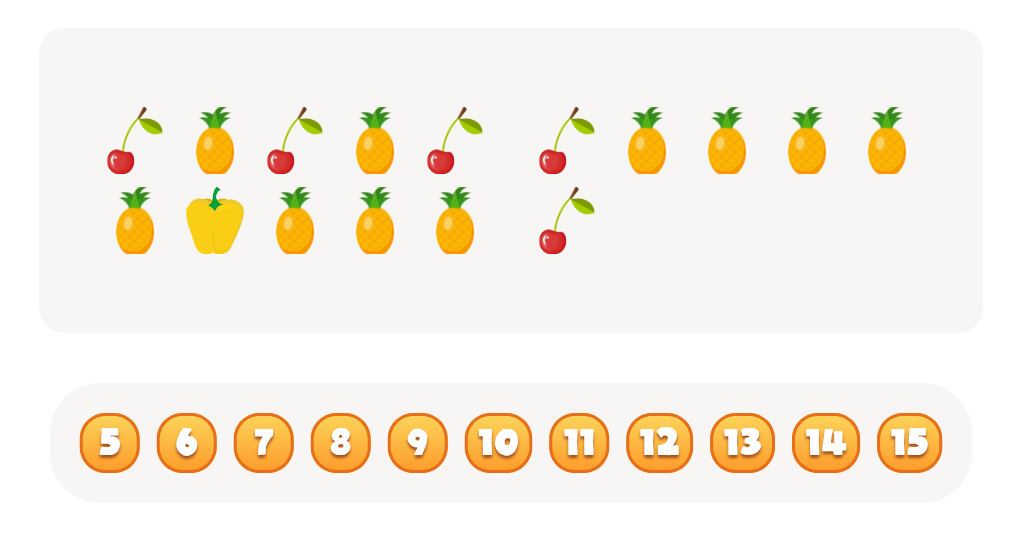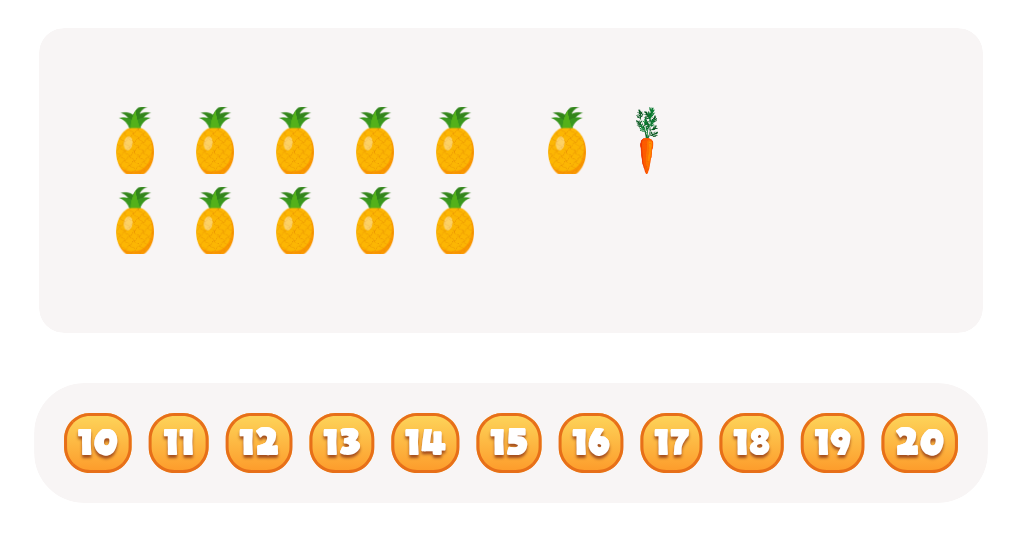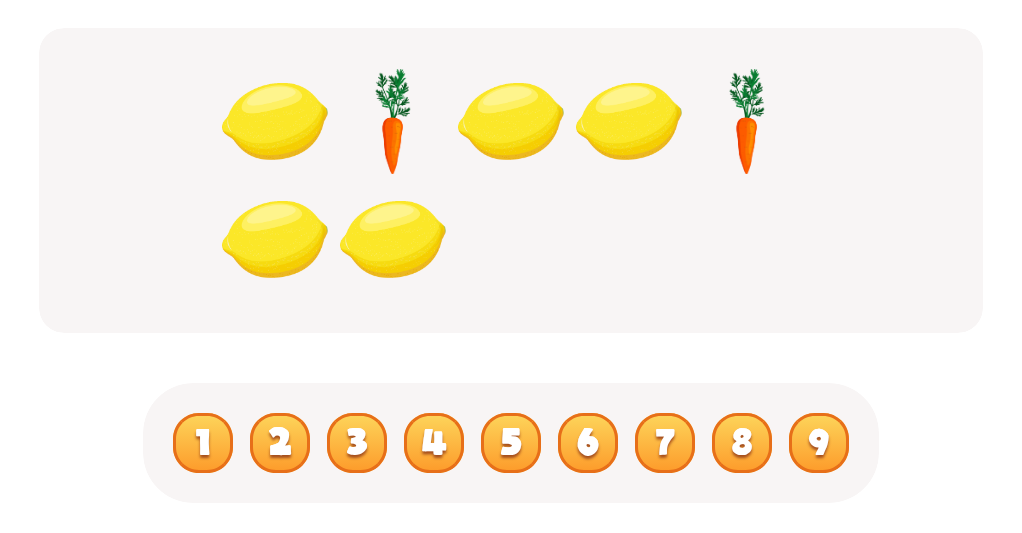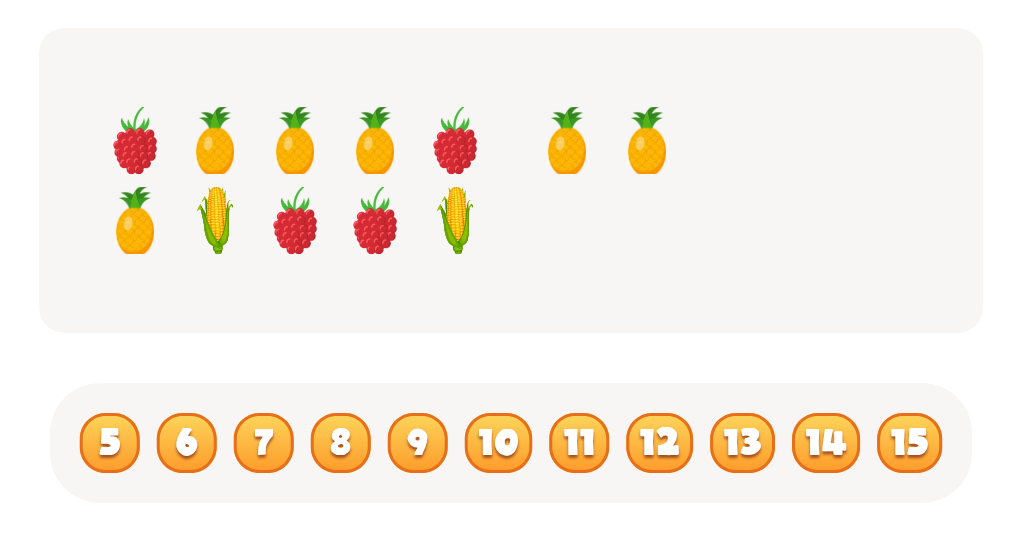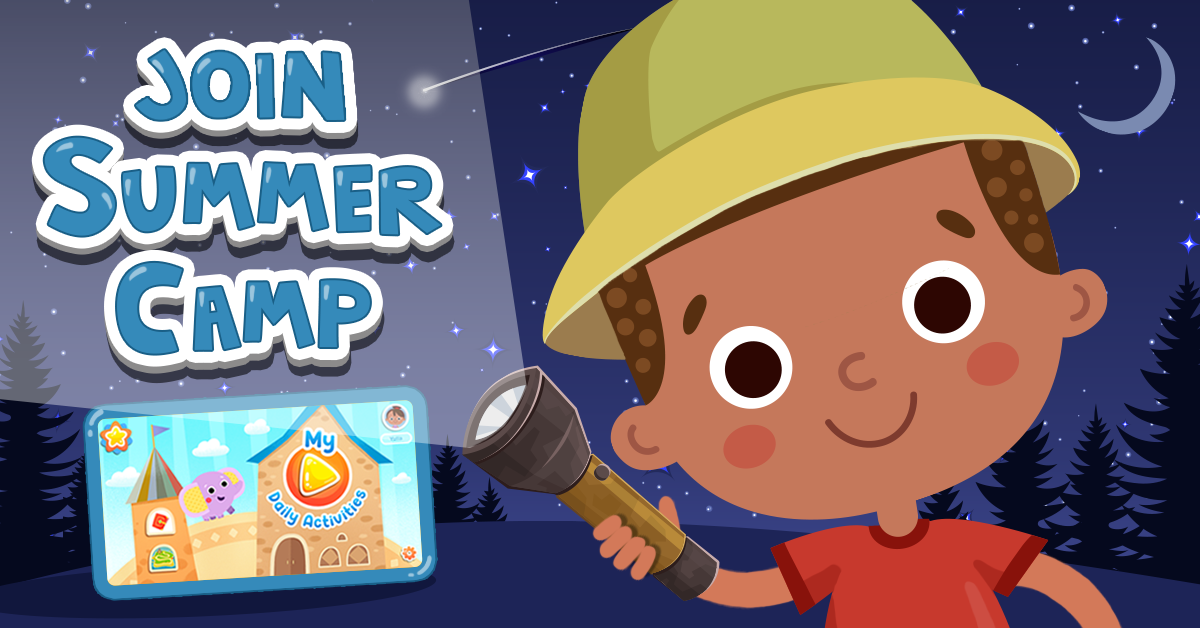Critical Thinking Plants and Animals Worksheets for Ages 3-9
13 filtered results
-
From - To
Discover the perfect resource for nurturing young minds with our "Critical Thinking Plants and Animals Worksheets for Ages 3-9." Tailored for curious learners, these engaging worksheets are designed to enhance critical thinking skills through fun and educational activities. Kids delve into the wonders of nature, exploring diverse plant and animal life while honing their analytical abilities. Perfect for both classrooms and at-home learning, the worksheets feature age-appropriate challenges that stimulate observation, reasoning, and problem-solving. Encourage your child’s natural curiosity and help them build a strong foundation for future scientific exploration with our thoughtfully crafted worksheets.
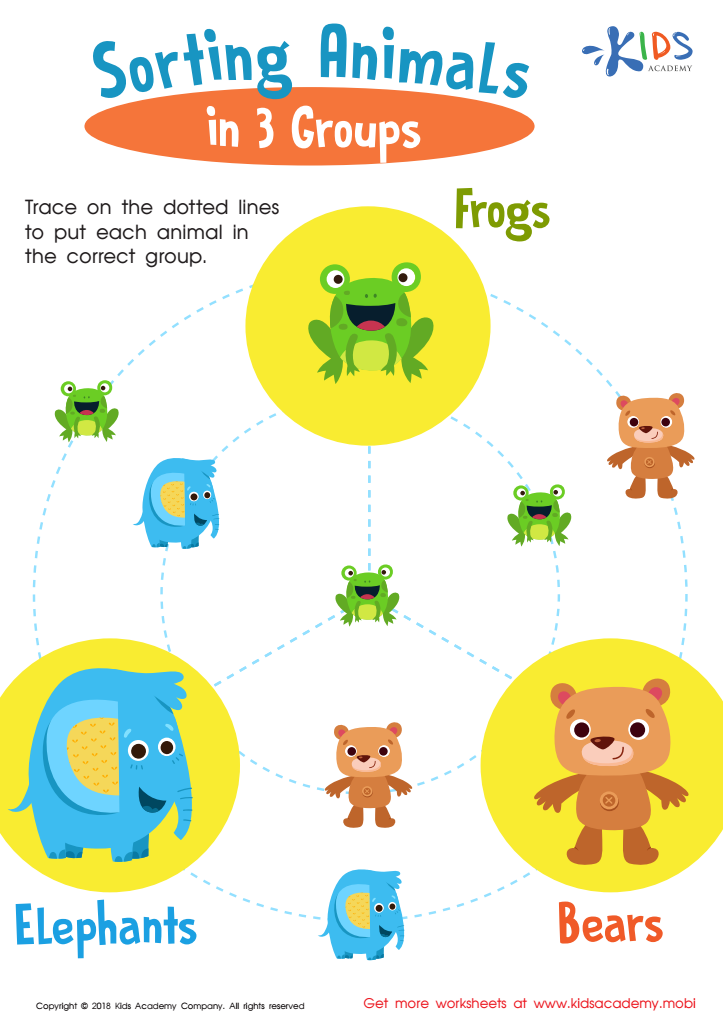

Sorting Animals in 3 Groups Worksheet
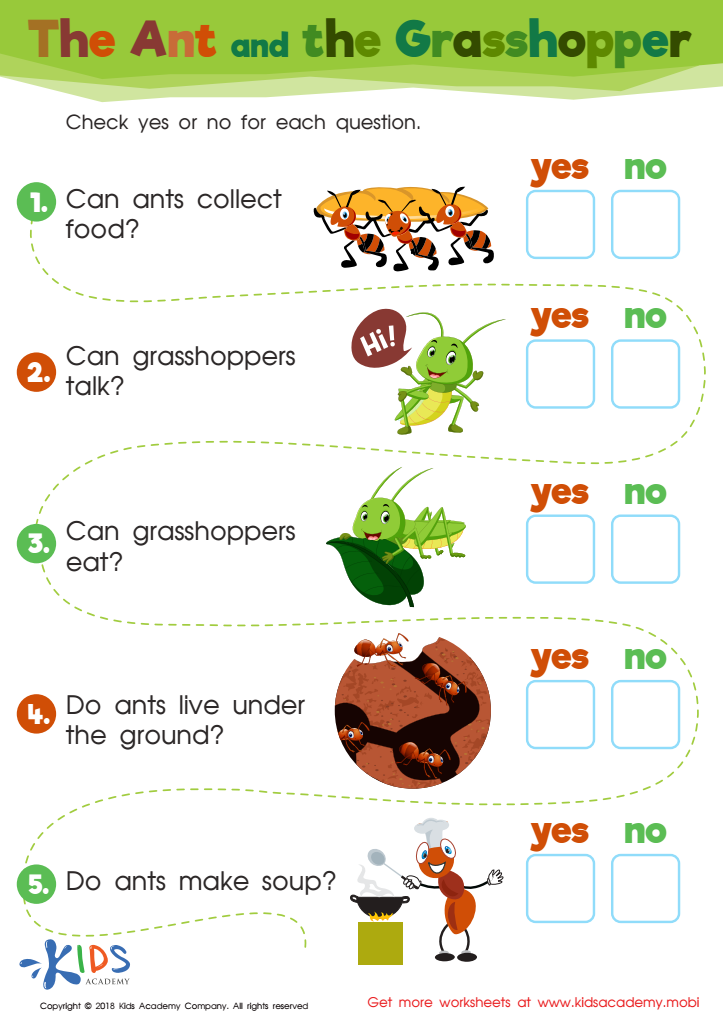

The Ant and The Grasshopper Worksheet
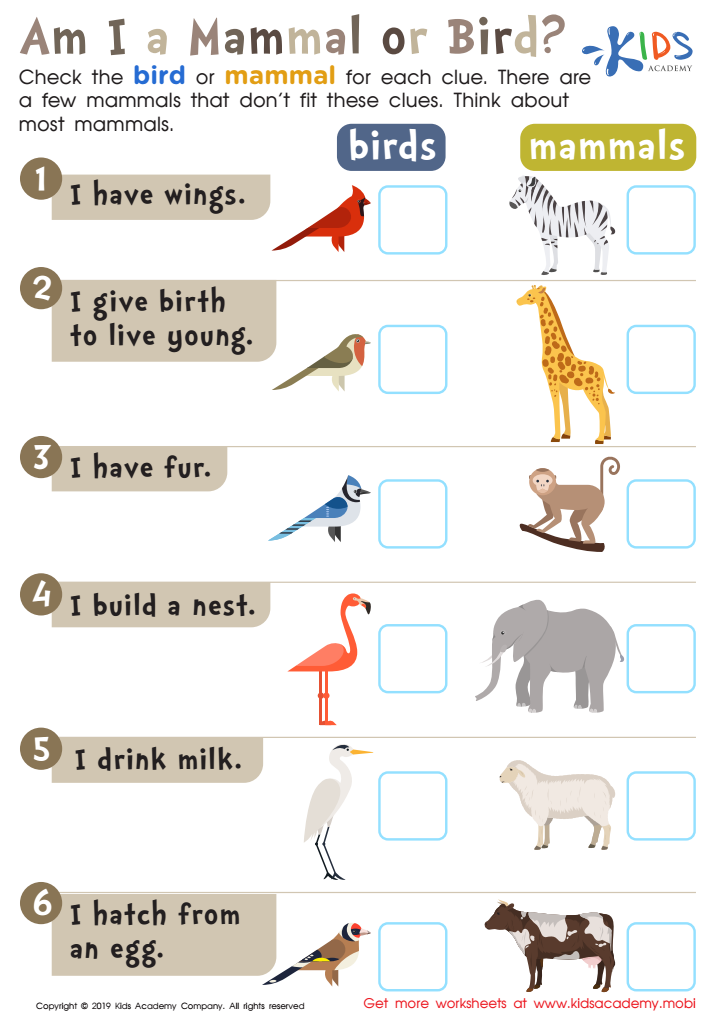

Am I a Mammal or Bird? Worksheet
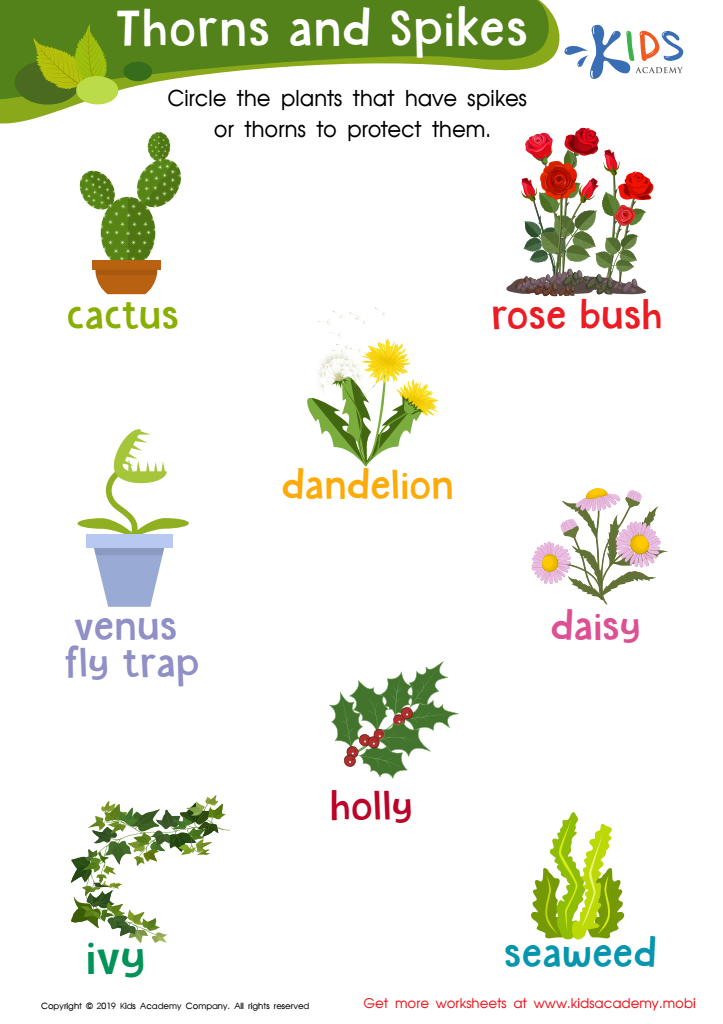

Thorns and Spikes Worksheet
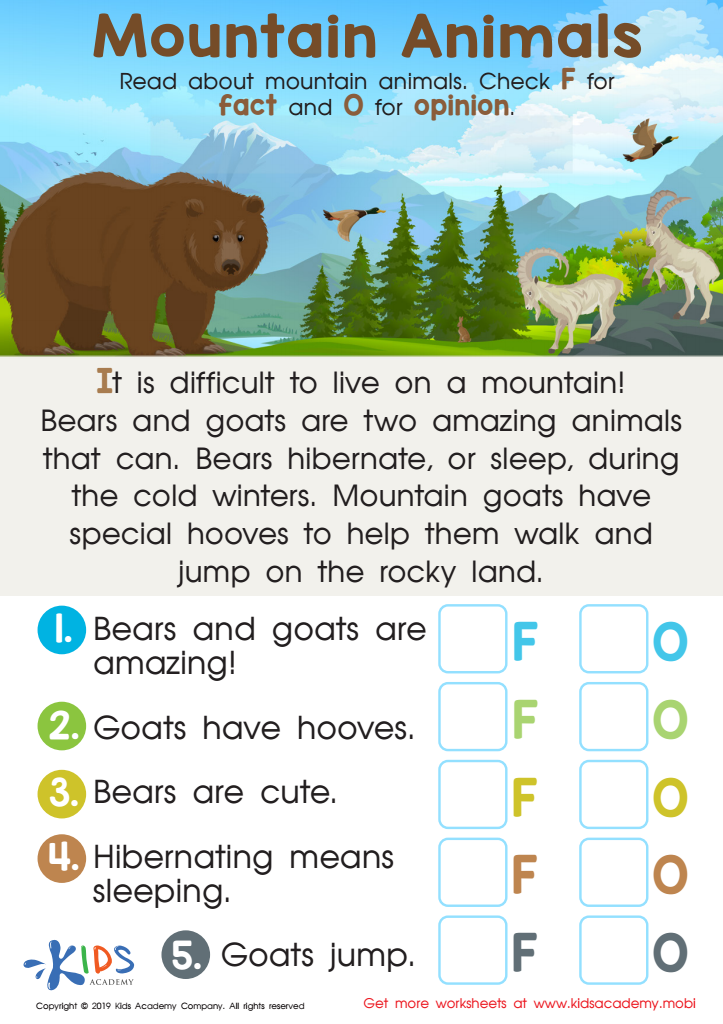

Mountain Animals Worksheet
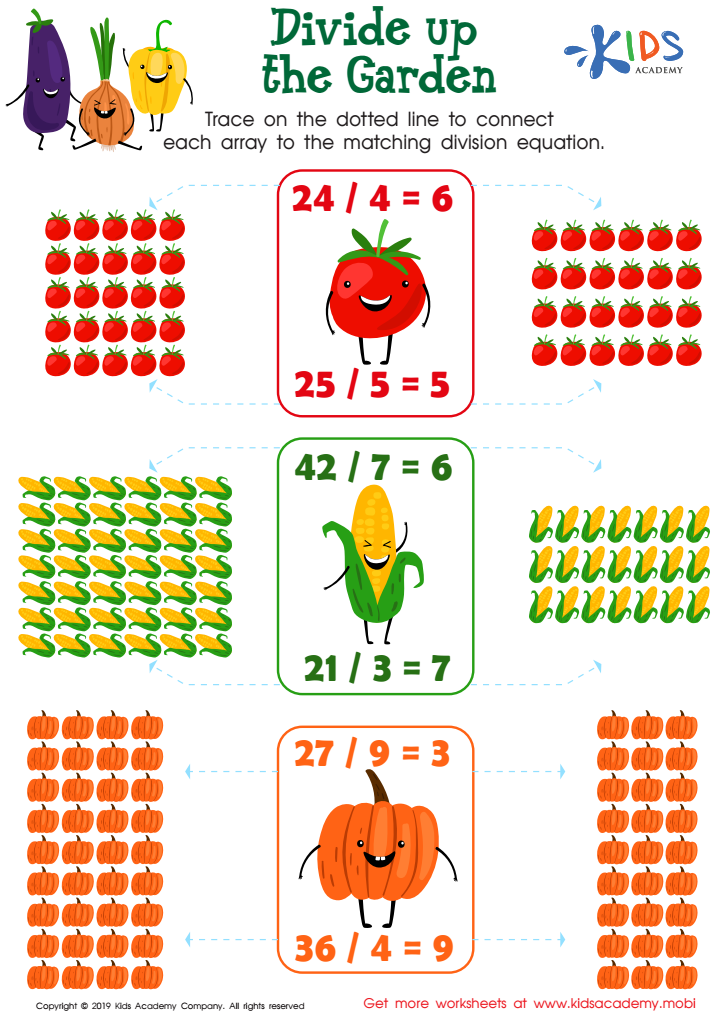

Divide up the Garden Worksheet
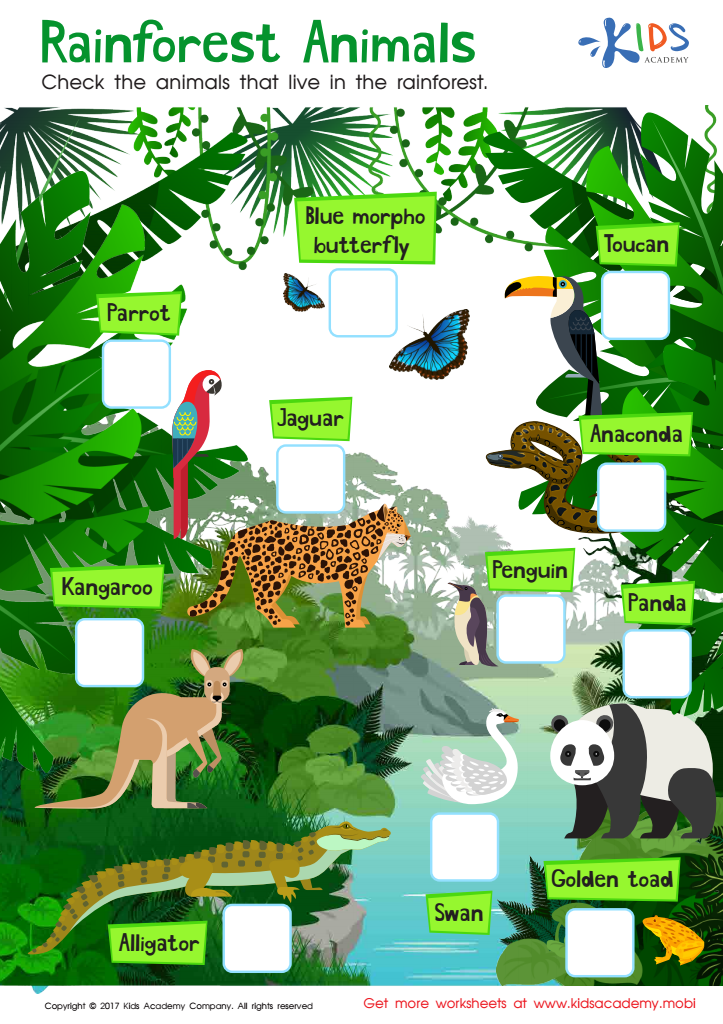

Rainforest Animals Worksheet
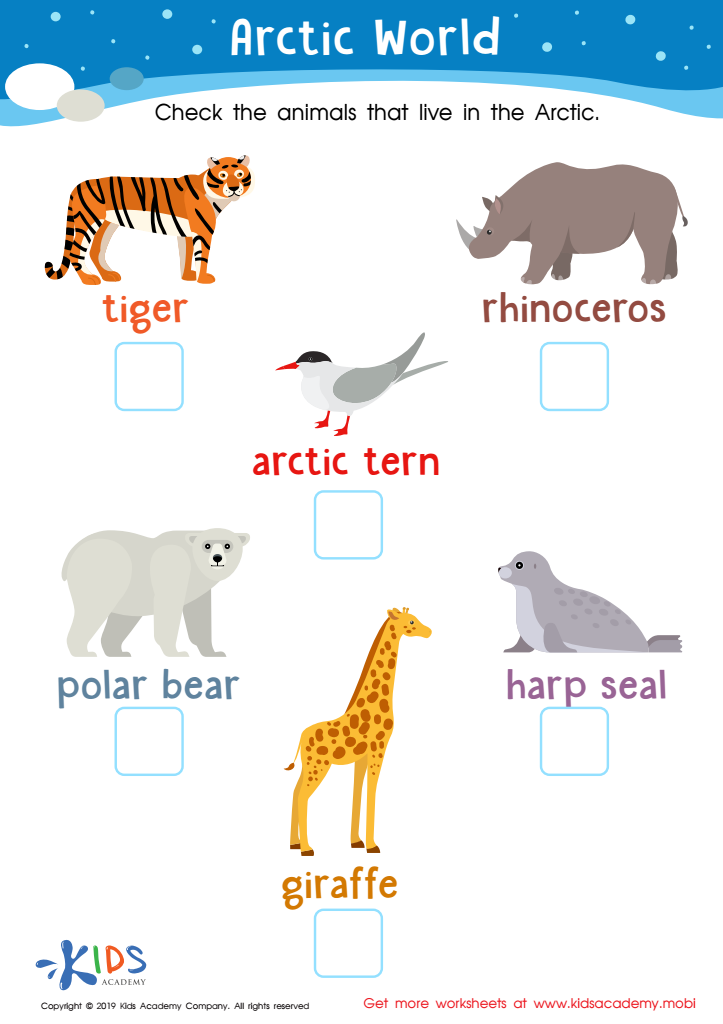

Arctic World Worksheet
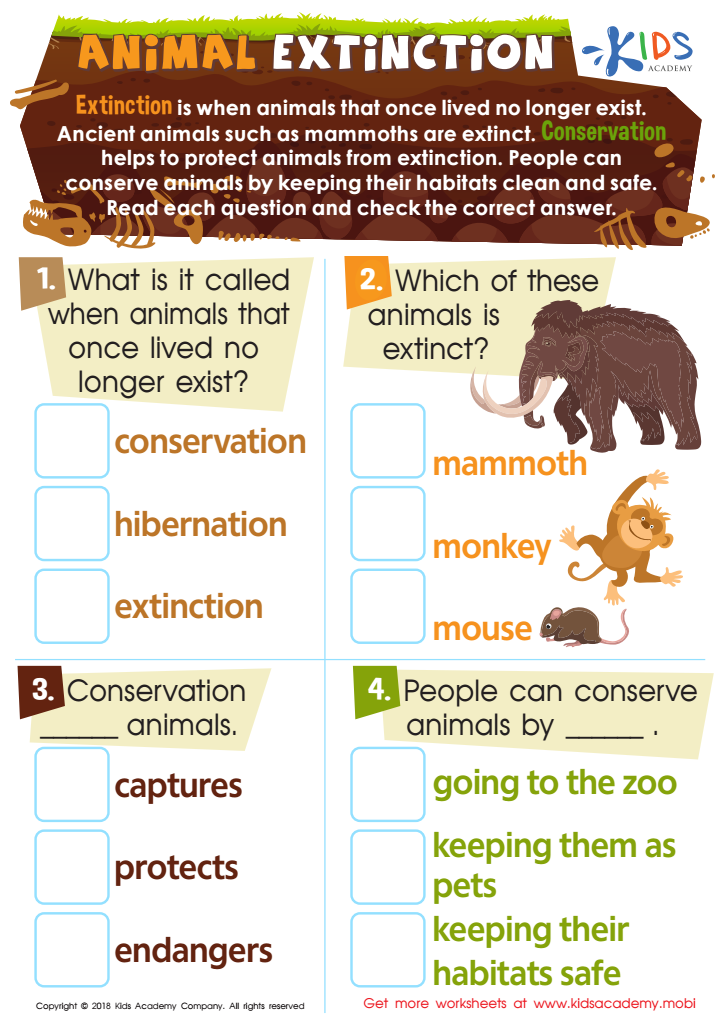

Animal Extinction Worksheet
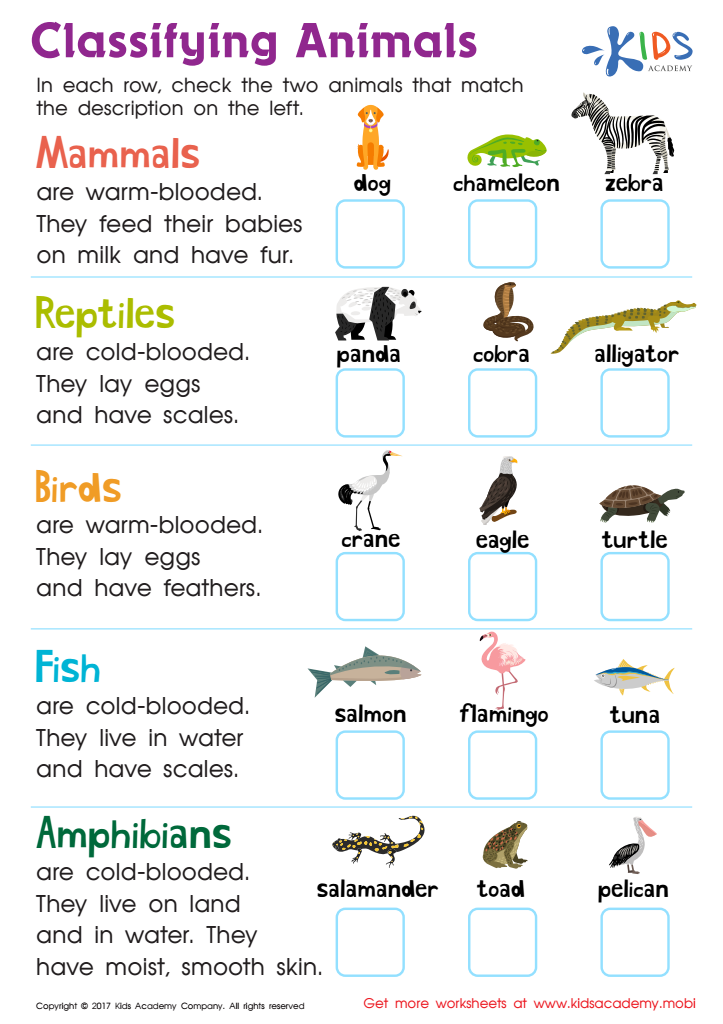

Classifying Animals Worksheet
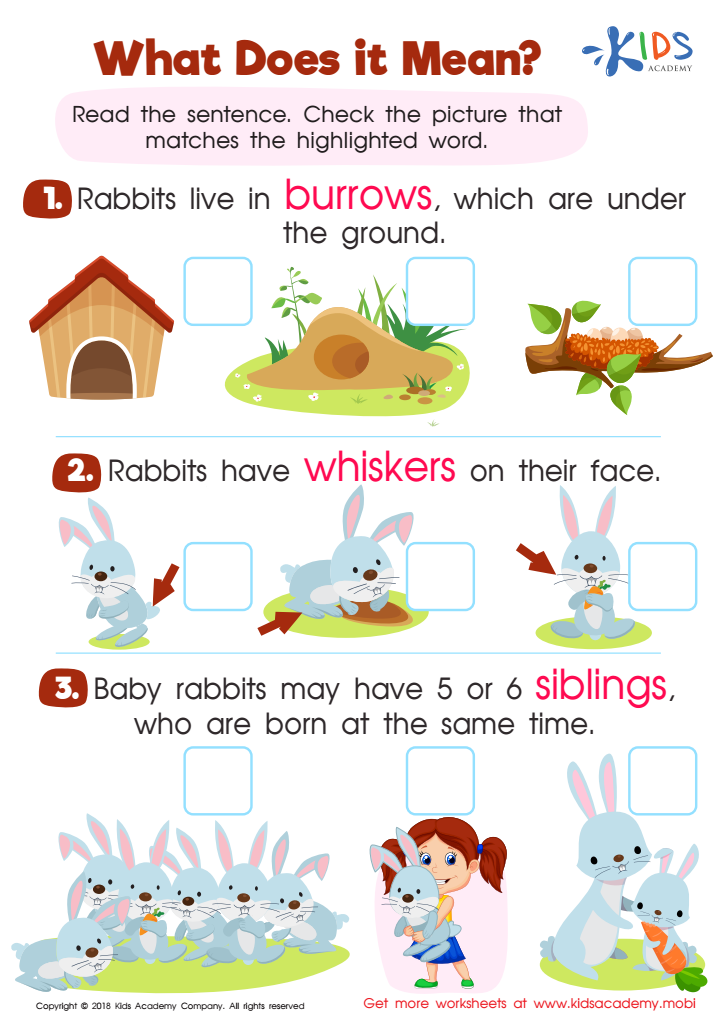

What Does It Mean? Worksheet
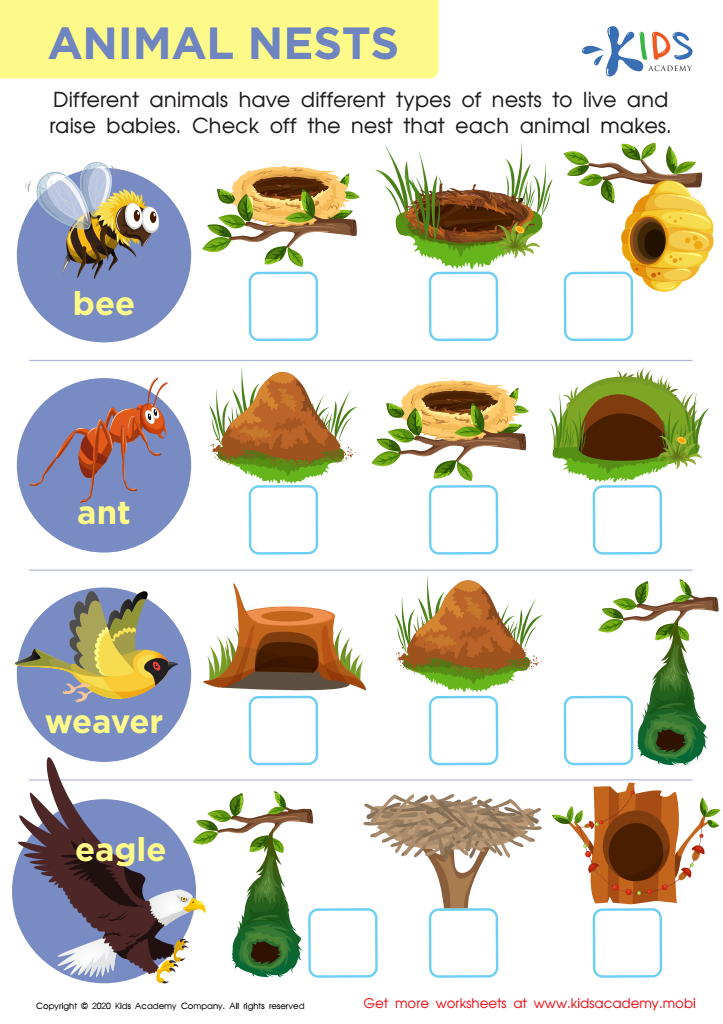

Animal Nests Worksheet


Assessment: Aquarium Sign Worksheet
Parents and teachers should care about cultivating critical thinking skills in children aged 3-9 through topics like plants and animals because it sets the foundation for lifelong learning and problem-solving abilities. During these formative years, kids are naturally curious and perceptive. Using engaging subjects such as plants and animals taps into their curiosity, making learning both fun and effective.
Critical thinking exercises around plants and animals help children make observations, ask questions, and understand relationships. For instance, learning why plants need sunlight to grow or how animals find food encourages kids to think logically and understand cause and effect. These activities develop their analytical skills, enabling them to approach problems methodically.
Moreover, fostering critical thinking at this age equips children with the ability to make informed decisions. They learn to weigh evidence, consider different perspectives, and come to reasoned conclusions. In a world where information is abundant but not always accurate, these skills are vital.
Beyond academics, these lessons instill a sense of responsibility and empathy. Understanding ecosystems and animal behaviors teaches children about the natural world and the importance of conservation. This can lead to caring attitudes towards the environment and more mindful behaviors.
In summary, embedding critical thinking in early education via hands-on exploration with plants and animals nurtures analytical abilities, decision-making, and environmental stewardship, setting children up for thoughtful and engaged futures.

 Assign to My Students
Assign to My Students

